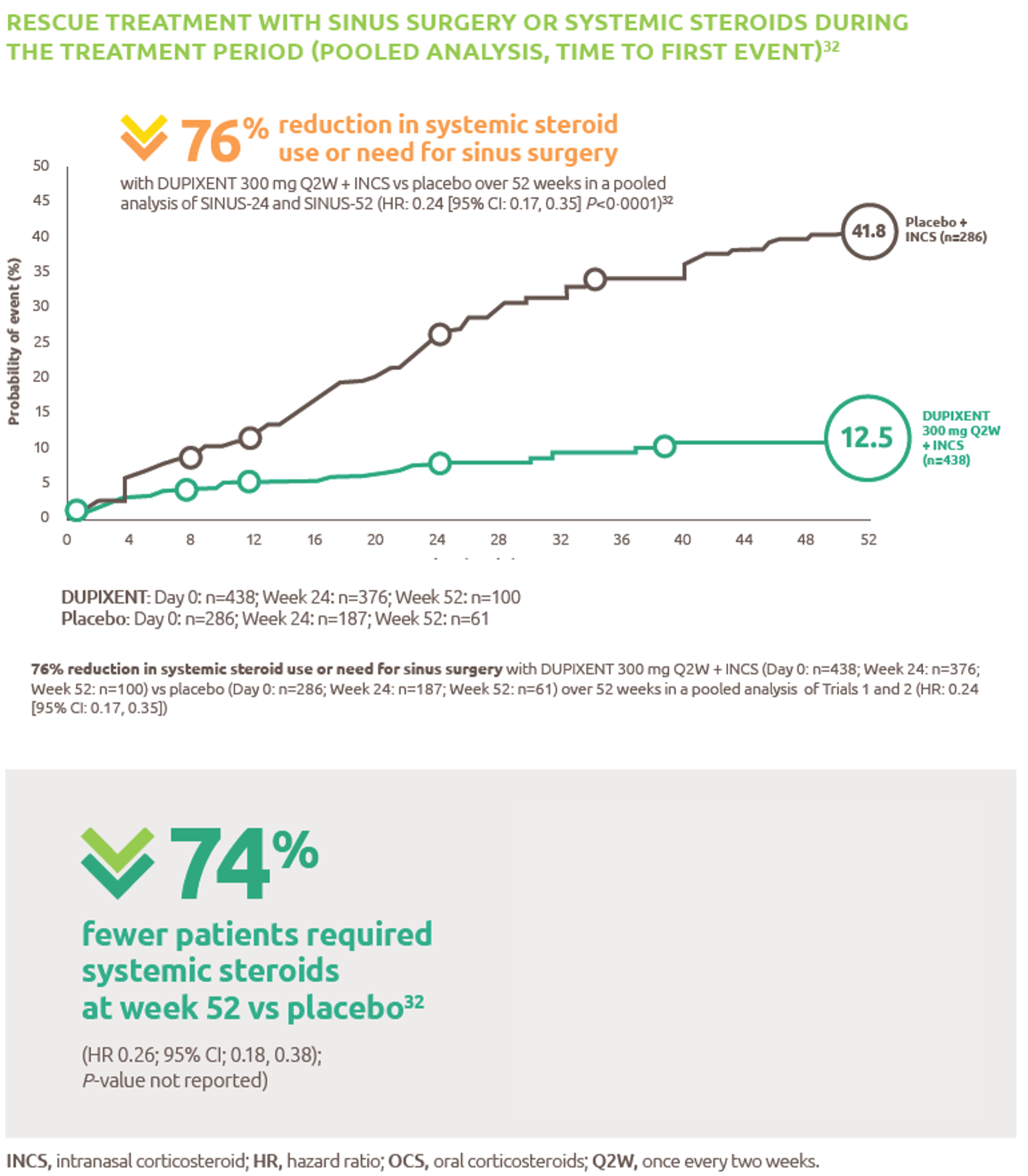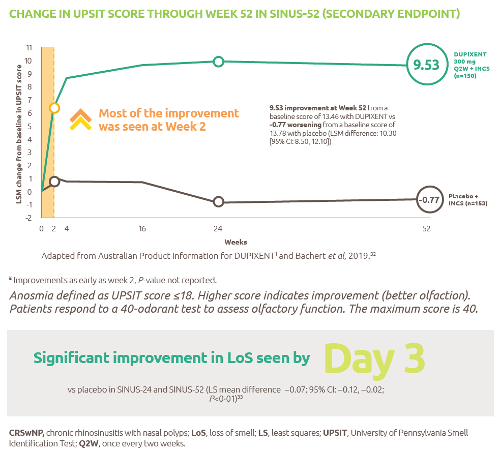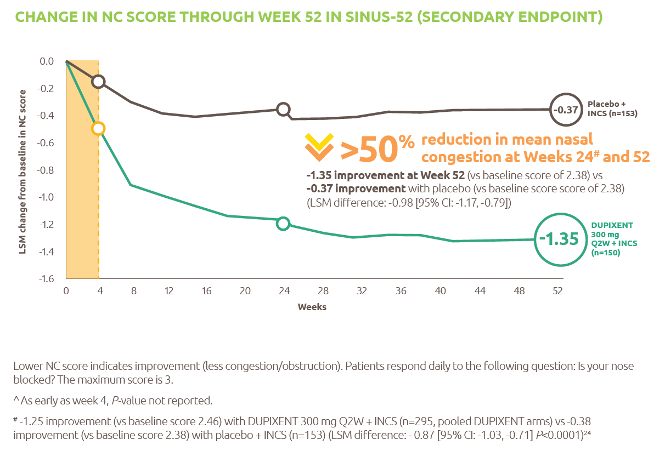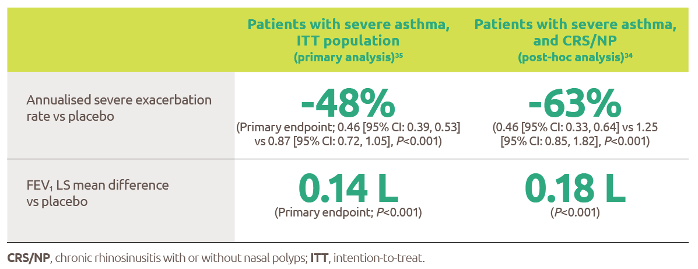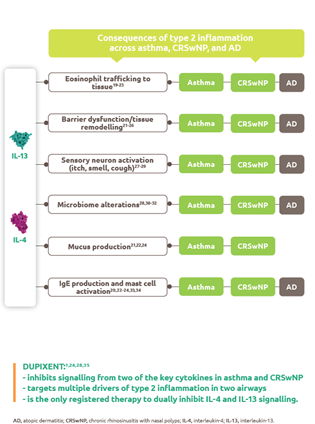.png/jcr:content.png)
Hepatitis B
Discover timely medical updates and key resources on preventing and controlling hepatitis B – helping you stay informed and improve patient outcomes.
*Image is not an actual patient.
About hepatitis B
The challenges of hepatitis B
Hepatitis B is a potentially life-threatening liver infection caused by the hepatitis B virus (HBV) that can cause both acute and chronic disease. The virus is transmitted through contact with the blood or other body fluids of an infected person and through perinatal exposure. Globally, an estimated 296 million people are living with hepatitis B virus infection (defined as hepatitis B surface antigen positive). In 2019, hepatitis B resulted in 820,000 deaths globally, mostly from complications (including cirrhosis and hepatocellular carcinoma). Hepatitis B can be prevented by currently available safe and effective vaccines.1
Supporting hepatitis B management through information
Effective management and prevention of hepatitis B involves a comprehensive understanding of the condition. For healthcare professionals, staying informed about the disease and evolving epidemiology and science is crucial for providing care.
To foster a broader understanding of hepatitis B, this page offers a range of selected materials and information.
Understanding Hepatitis B research and care
Hepatitis B is a serious liver infection caused by the hepatitis B virus (HBV). Global research aims to better understand, treat, and prevent it, ultimately seeking to reduce chronic infections and improve liver health. Broad areas of focus in hepatitis B research often include:
- Understanding viral persistence and pathogenesis
- Advancing prevention strategies, including vaccination
- Improving therapeutic interventions for chronic infection
- Addressing long-term liver health and complications
Don’t miss these key links
Signs and symptoms
New hepatitis B virus infections only present with symptoms in a small percentage of cases. If symptoms do occur, they begin an average of 90 days (range: 60–150 days) after exposure to HBV. Most children under the age of 5 years and immunosuppressed patients have asymptomatic acute HBV infection, while 30-50% of new infections in persons aged of 5 years will exhibit symptoms. These symptoms include fever, fatigue, anorexia, nausea, vomiting, abdominal pain, dark urine, clay coloured bowel movements, joint pain and jaundice. Symptoms typically last several weeks, but can persist up to 6 months.2
A small proportion of acute infections will become chronic infections. This occurs in about 1-10% of people infected in adulthood, but in up to 90% of those infected during early infancy. Many people with chronic infections will not be aware that they are infected and can transmit the disease. Chronic hepatitis B can lead to serious complications and can lead to death due to cirrhosis and/or hepatocellular cancer in 25% of those with chronic infection.3
Virology
Hepatitis B is caused by the hepatitis B virus (HBV) which contains circular, partially double-stranded DNA virus in the family Hepadnaviridae.4 HBV is transmitted through activities that involve percutaneous or mucosal contact with infectious blood or body fluids, including sex with an infected partner, injection drug use that involves sharing needles, syringes, or drug-preparation equipment, birth to an infected mother, contact with blood or open sores of an infected person, needle sticks or sharp instrument exposures and sharing items such as razors or toothbrushes with an infected person.2 In areas with high endemicity, a large proportion of cases result from transmission of the virus from mother to child during birth.1
Diagnosis
Cases of hepatitis B are not clinically distinguishable from other types of acute viral hepatitis.4 Laboratory diagnosis of hepatitis B uses a number of hepatitis B serologic markers including:
- Hepatitis B surface antigen (HBsAg)
- Hepatitis B surface antibody (anti-HBs)
- Hepatitis B core IgM antibody (IgM antiHBc)
- Hepatitis B core total antibody (anti-HBc)
The following table shows common serological patterns associated with different hepatitis B clinical states and has been adapted from the Australian National Hepatitis B Testing Policy :5
| Clinical state | HBsAg | Total anti-HBs | Total anti-HBc |
| Acute infection | Positive | Positive (lgM antiHBc & anti-HBc) | |
| Likely chronic infection | Positive | Negative | Positive |
| Immune due to immunisations | Negative | Positive | Negative |
| Immune due to resolved infection | Negative | Positive | Positive |
| Susceptible | Negative | Negative | Negative |
|
Waning immunity from past infection OR Window period before anti-HBs response in acute infection OR False positive anti-HBc OR Occult hepatitis B |
Negative | Negative | Positive |
Chronic infection is characterised by the persistence of HBsAg for at least 6 months.3
Prevention
Vaccination against hepatitis B is the mainstay of hepatitis B prevention.1 The following vaccines are available in Australia for prevention of hepatitis B infection:3
Epidemiology
It was estimated that in 2017 there were 234,000 people living in Australia with chronic HBV infection, and that during that year there were 479 deaths attributable to chronic HBV infection. In the same year, about 40% of persons living in Australia with chronic HBV infection were born oversease, in regions of moderate or high endemicity. Aboriginal and Torres Strait Islanders are also overrepresented, making up approximately 11% of those with chronic HBV infection.6
Other groups who have a high prevalence of chronic HBV infection include people with HIV, people who injected drugs between 1980 and 1990 and household contacts of someone diagnosed with hepatitis B between 1980 and 1990.3
Internationally, areas considered highly endemic (HBsAg prevalence of 8% or higher) include sub-Saharan Africa, East Asia (excluding Japan), Pacific Islands and the Amazon basin. Australia is considered to have low endemicity (HBsAg prevalence of less than 2%).6
Treatment
There is no specific treatment for hepatitis B. Therefore, care is aimed at maintaining comfort and adequate nutritional balance, including replacement of fluids lost from vomiting and diarrhoea in acute condition.1
Chronic hepatitis B infection can be treated with medicines, including oral antiviral agents. Treatment can slow the progression of cirrhosis, reduce incidence of liver cancer and improve long term survival. Most people who start hepatitis B treatment, must continue it for life.1 Persons with chronic HBV infection require regular monitoring to prevent liver damage and/or hepatocellular carcinoma.2
Featured content

Register to receive full access (Healthcare Professionals Only)
Are you a registered healthcare professional?
Register in less than a minute to access the latest updates and resources to support your practice and help deliver better outcomes for your patients.
Can’t find what you’re looking for?
Search our extensive Content Library
- Hepatitis B Fact Sheet. World Health Organisation. https://www.who.int/news-room/fact-sheets/detail/hepatitis-b Accessed May 2022
- Centers for Disease Control and Prevention. Questions and Answers for Healthcare Professionals. https://www.cdc.gov/hepatitis/hbv/hbvfaq.htm Accessed May 2022
- Australian Immunisation Handbook 10th edition. Australian Govt. Department of health. http://immunisationhandbook.health.gov.au/vaccine-preventable-diseases/hepatitis-b Accessed May 2022
- CDC Yellow Book. Hepatitis B. https://wwwnc.cdc.gov/travel/yellowbook/2020/travel-related-infectious-diseases/hepatitis-b Accessed May 2022
- National Hepatitis B virus (HBV) Testing Policy Expert Reference Committee. National Hepatitis B Testing Policy. 2020 ASHM_TestingPolicy_2020_HepatitisB_07_2.pdf Accessed May 2022
- NCIRS Fact sheet. Hepatitis B vaccines for Australians. https://ncirs.org.au/sites/default/files/2019-09/Hepatitis%20B%20vaccines%20for%20Australians_Sep%202019_final%20for%20website.pdf Accessed May 2022
MAT-AU-2201361 - 05/2022















.webp/jcr:content/RESP-ICT2-Wark_400X300%20(1).webp)
.webp/jcr:content/RESP-ICT2-Stone_400X300%20(1).webp)
.webp/jcr:content/RESP-ICT2-Tellus_400X300%20(1).webp)



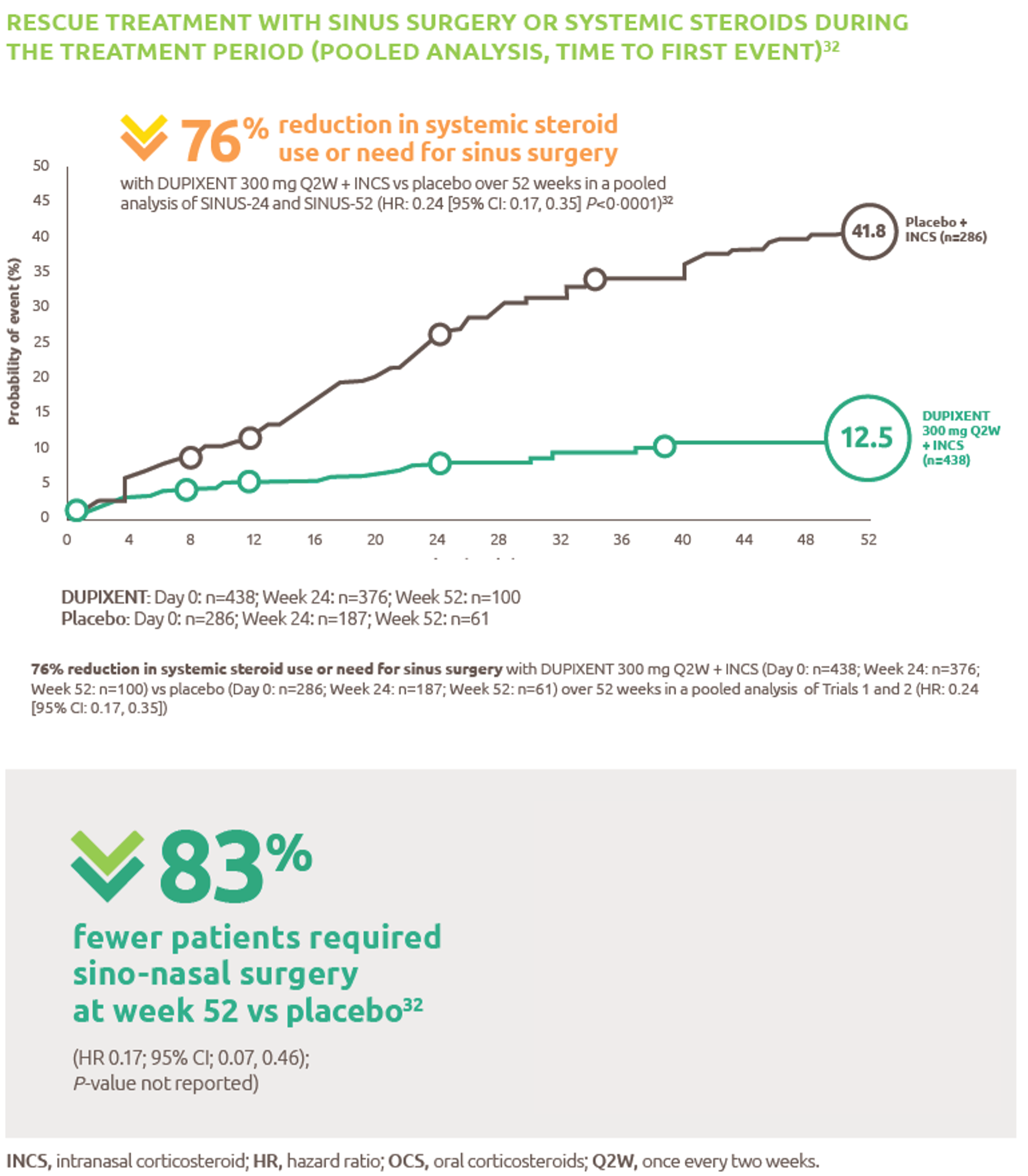

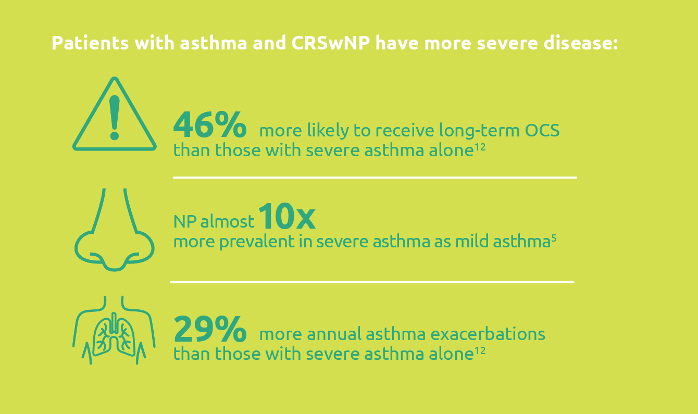.png)
